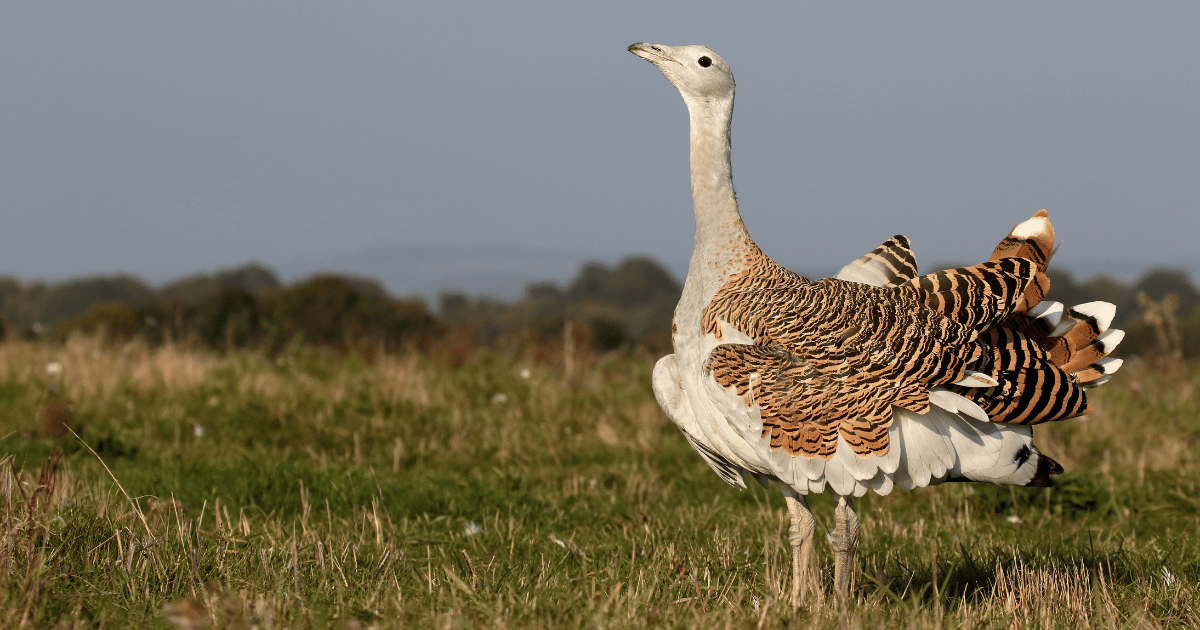The NAM is a forum of 120 countries that are not formally aligned with or against any major power bloc. It’s the second-largest grouping of states after the UN.
- The founding members are
- Yugoslavia
- India
- Egypt
- Ghana
- Indonesia
- Founded in 1961 during the Cold War, it served as a platform for newly independent nations to assert their independence and avoid aligning with either the US-led Western bloc or the Soviet-led Eastern bloc.
- Today, the NAM focuses on a wider range of issues, including development, peace and security, disarmament, human rights, and South-South cooperation.

Key principles:
- Respect for national sovereignty and territorial integrity.
- Non-interference in the internal affairs of other states.
- Peaceful coexistence and settlement of disputes through dialogue.
- Promotion of multilateralism and collective action.
- Support for the decolonization process and the rights of the Palestinian people.

NAM Functioning
The NAM does not have a permanent secretariat or formal hierarchy.
- Its administration is rotational and non-hierarchical.
- NAM makes decisions through consensus, which does not need to be universal but does require substantial agreement.
- It has a Coordinating Bureau that is based at the United Nations in New York City.
- Every three years, NAM meets at the NAM Summit Conference of Heads of State.
- The Summit elects a chair, who serves for three years.
- Every NAM member country has equal weight.
Impact and achievements:
- Played a significant role in decolonization and the collapse of apartheid in South Africa.
- Advocated for disarmament and nuclear non-proliferation.
- Promoted economic development and South-South cooperation among member states.
- Provides a platform for developing countries to raise their voices on global issues.
Challenges and criticisms:
- Maintaining unity and coherence given the diverse interests of its members.
- Implementing its resolutions and achieving concrete outcomes.
- Balancing its principles of non-alignment with the realities of a multipolar world.
Non-aligned Movement and India
The Non-Aligned Movement had proven to be an effective means of promoting India’s diplomatic presence and obtaining international economic assistance.
- However, the disintegration of the USSR resulted in a world order dominated by the US. India’s New Economic Policy and inclination towards the United States called into question the country’s commitment to non-alignment.
- NAM continued to lose relevance for India in an aligned world, particularly after the founding members failed to assist India during crises. During the 1965 and 1971 wars, Indonesia and Egypt were anti-India and supported Pakistan.
- Eventually, India and other NAM countries began to associate with developed powers within the liberal economic order, and they benefited from it.
- India is a member of the G20, has declared itself a nuclear weapons power, and has effectively abandoned the call for global nuclear disarmament.
- India has also joined the Quadrilateral Security Dialogue (QUAD), a coalition seen by many as a counter to China’s rise in the Indo-Pacific, and its membership in the Shanghai Cooperation Organisation (SCO), led by China, demonstrates India’s balancing approach in the new world order.
- India is working hard to establish a balanced global order and position itself as a key player.
- In 2019, India’s vice president and external affairs minister attended the 18th NAM summit. In May 2020, Indian Prime Minister Narendra Modi took part in a NAM virtual summit.
Great Indian Bustard

About:
- The Great Indian Bustard- the state bird of Rajasthan, is a Critically endangered bird
- It is a flagship species of grasslands, symbolising the ecosystem’s overall vitality.
- Its population is mostly limited to Rajasthan and Gujarat. Small populations exist in Maharashtra, Karnataka, and Andhra Pradesh.
Threat:
- Habitat loss
- Collision with power transmission line
- Hunting
- Agricultural expansion
Protection Status:
- International Union for Conservation of Nature Red List (IUCN): Critically Endangered
- Convention on International Trade in Endangered Species of Wild Fauna and Flora (CITES): Appendix1
- Convention on Migratory Species (CMS): Appendix I
- Wildlife (Protection) Act, 1972: Schedule I
Measures taken to protect GIB:
1.Species Recovery program:
- It functions under the Integrated Development of Wildlife Habitats program of the Ministry of Environment, Forests, and Climate Change’s (MoEFCC).
2.Conservation Breeding Facility:
- In June 2019, the Wildlife Institute of India (WII), Rajasthan government, and the MoEF&CC constructed a conservation breeding facility in Jaisalmer’s Desert National Park.
- The program’s goal is to increase the number of Great Indian Bustards by raising a captive population and releasing the young into the wild.
3.The Great Indian Bustard Project:
- The government of Rajasthan began it with the intention of building breeding enclosures for the species and creating infrastructure to lessen human impact on its habitats.
Bhaona Dance
Bhaona is a customary entertainment dance of ASSAM.
- It was created by Srimanta Sankardeva, a Vaishnava saint who was born in the Assamese district of Nagaon in 1449 A.D. The neo-Vaishnavite movement was founded by him.
- Originally it was written in Sanskrit, later he developed the artforms in Assamese and Brajavali (a literary language restricted to theatrical usage, in which Sankardeva authored his plays and songs)
- Usually between 40 and 50 performers play large drums and cymbals while dressed in costumes and accessories.
- The performers are known as Bhaoriya.
 Chinmaya IAS Academy – Current Affairs Chinmaya IAS Academy – Current Affairs
Chinmaya IAS Academy – Current Affairs Chinmaya IAS Academy – Current Affairs
